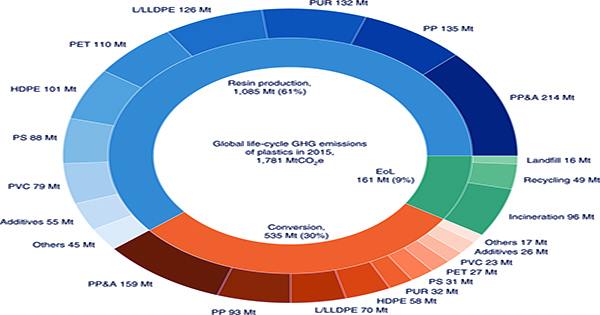Electrification of the transportation sector has long been regarded as vital to achieving a carbon-free future. The transportation industry is now one of the leading sources of hazardous greenhouse gas emissions. Electric cars, in contrast to gas-powered vehicles, have very low (or nil) exhaust emissions, reducing carbon pollution. However, even as electric vehicles become more common, their use is merely one component in a very complicated multi-pronged endeavor to achieve carbon neutrality.
Manufacturers like Polestar, an electric sports vehicle company, are demonstrating that it is not enough merely to look at the final product, as carbon neutrality has become a goal for many firms. Carbon neutrality, on the other hand, necessitates transparency, collaboration, and innovation throughout the product development process. Even before the manufacturing process, this is how carbon neutrality is achieved.
Transparency is the first step toward neutrality. Today, environmentally conscious businesses may plant trees to help offset harmful emissions caused by industry. if the whole supply chain and production process are redesigned to produce the least amount of environmental damage possible. A project demands looking at every aspect of the supply chain, including raw materials, as well as how the product’s lifespan will affect the environment, this audit not only shows consumers how their actions influence the environment, but it also indicates areas where they may innovate.

However, honesty is the first step. Polestar, for example, has pledged to make all new vehicle carbon footprints public. Polestar has produced a Life Cycle Assessment of the vehicle, which considers a variety of variables in the car’s life cycle, from supplies to manufacture to recycling, beginning with the Polestar 2 introduced in 2019. This influence is then summed up into a single figure. Polestar encourages the rest of the car industry to follow suit in order to start a global dialogue about manufacturing transparency.
Blockchain technology breakthroughs can have a rippling effect throughout businesses, ensuring supply chain sustainability. Consider blockchain technology, which allows for decentralized data storage.
Data is kept in a ledger system – the blockchain — that cannot be generated or deleted, unlike storage on individual platforms. This highly transparent data management solution is groundbreaking when it comes to supply chain monitoring. Rather of working across several platforms, blockchain can assist a manufacturer in tracing supplies from their source to the plant, regardless of how many locations they pass through.
This enables for complete transparency in terms of the origins of original materials, as well as the identification of any potentially problematic places along the trail of the material in terms of environmental or human rights effect.
Polestar, for example, has begun utilizing blockchain technology to track cobalt, a mineral used in automobile batteries, as part of its Polestar 2 supply chain strategy. Because of the mining processes employed in sourcing, cobalt can be a potentially hazardous source material with an environmental effect.
Polestar, on the other hand, wants to broaden its reach to include nickel, mica, manganese, graphite, lithium, and other elements. The ability to track source materials can give clarity into where materials come from after they have been extracted. Traceability of source materials may assist all producers in making educated selections from mine to mine, pivoting toward mines that value human rights and have a low environmental effect.
















